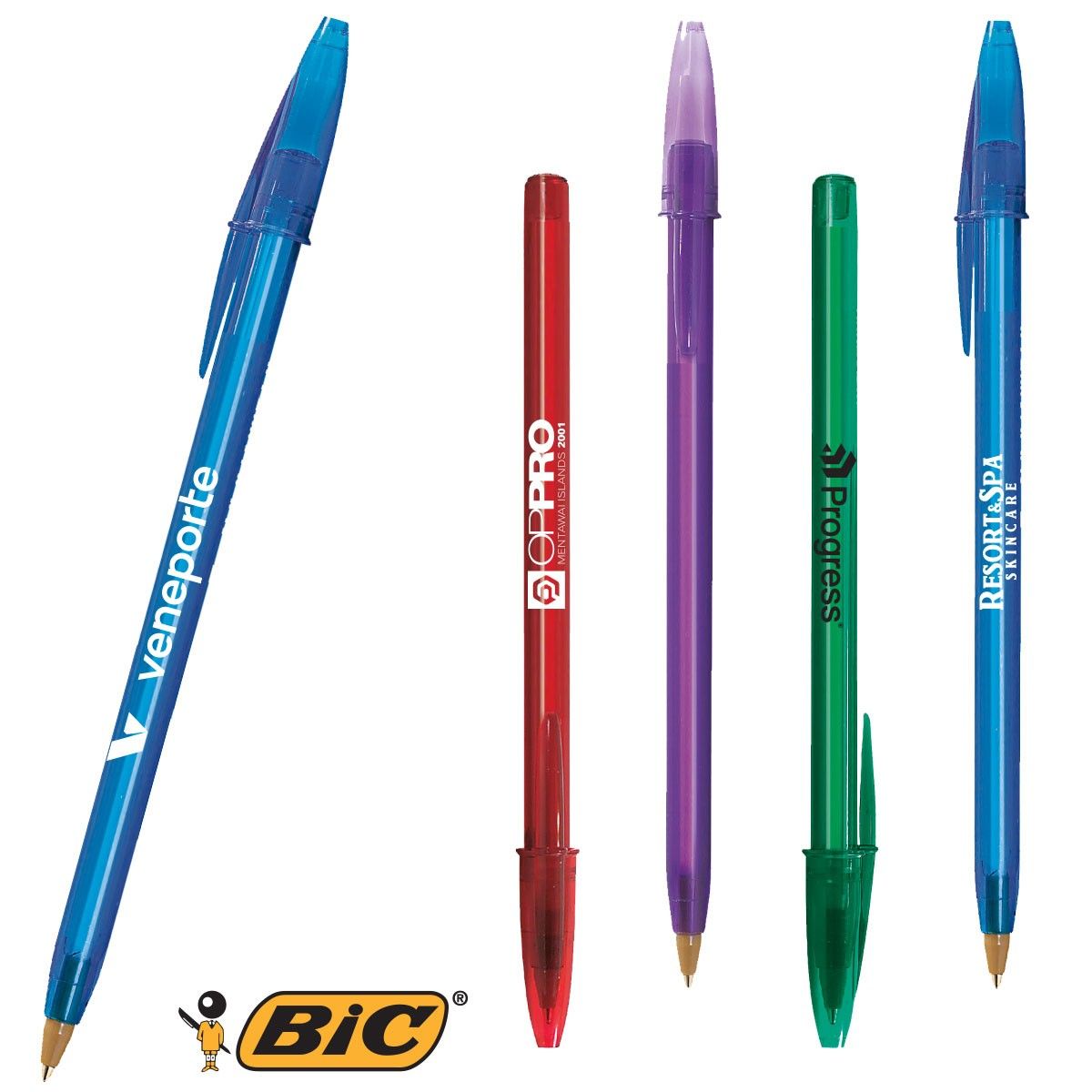The term “capital landscaping” refers to an investment in large-scale projects that improve a property’s aesthetic appeal and value. Landscaping is an integral part of commercial and multifamily properties, and when done right, it can enhance a building’s appeal, attract more well-heeled tenants, and even boost monthly rents. However, accounting and facility managers must be aware of the potential tax ramifications of capitalizing on these projects.
The IRS defines a capital improvement as any enhancement that substantially adds to the value of real estate or appreciably prolongs its useful life. The agency also requires that the project be permanent in nature and become an integral component of the property. When considering a capital landscaping project, it is important to consider all the costs involved to determine if the project will truly benefit your property. Material costs – the most obvious cost to consider is plant materials. It is important to ask for fixed prices when possible in order to stick to a budget. Also, don’t forget about plant maintenance and removal costs when estimating your project.
A well-known example of capital landscaping involves the removal and replacement of mature junipers at commercial or multifamily sites in California’s fire-prone West. These shrubs are often replaced with low-water usage plants or xeriscaping to prevent future costly damage and liability.
These types of changes to a property’s landscape can be considered capital improvements and should not be subject to sales tax. But be careful when determining whether a particular service qualifies as a capital improvement: some services may not be exempt because they are considered maintenance, repair, or replacement services. Generally speaking, any services that keep real property in good condition or restore it to a better condition are not exempt from sales tax (see Tax Bulletin Contractors – Repair, Maintenance, and Installation Services to Real Property).
Another type of capital landscaping is a hardscape upgrade. While these can be a little more expensive than just planting trees and grass, they are often more cost effective in the long run. For instance, replacing water-guzzling grass with drought proof landscaping such as xeriscaping or environmentally friendly shrubs can save on future water costs and reduce overall energy use.
Gregg and Karen McGowan are the founders of Capital InteriorScapes, an indoor/outdoor landscaping company that specializes in creating vibrant hardscapes in area business lobbies, doctor offices, shopping centers and private companies. Their dynamic live plant displays, contemporary moss walls and seasonal arrangements are a common sight in the Capital Region.
As with all investments, landscaping is only worth the money if it can be shown to increase a property’s value and/or rentability. But more than that, landscaping should be looked at as a way to create a comfortable and enjoyable environment for tenants. When the right landscaping is chosen, it can provide spaces for tranquil escapism, sociable outdoor dining, and other activities that will make a tenant feel like they got a great deal when they moved into their apartment or office space.
